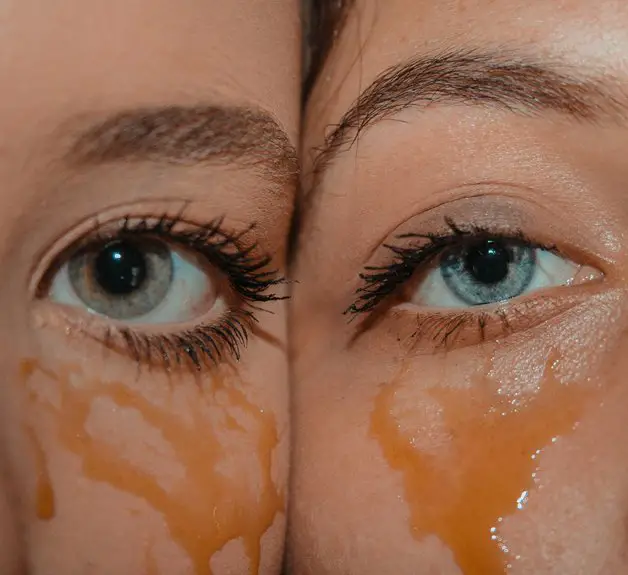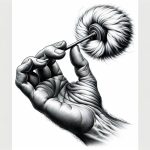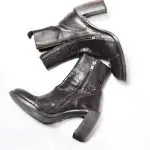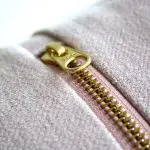Think of moisture-wicking fabric as a silent guardian that keeps you dry in the heat of action. When sweat starts to build, it pulls moisture away before discomfort sets in, letting you stay focused. But not all moisture-wicking materials perform the same, and knowing what sets the best apart can make a big difference in comfort and durability. Understanding these details might just change the way you pick your next workout gear.
Table of Contents
Key Takeaways
- Moisture-wicking fabrics pull sweat away from skin to fabric surface for faster evaporation and enhanced comfort.
- Polyester blends and merino wool are popular moisture-wicking materials known for durability and temperature regulation.
- These fabrics prevent clammy, sticky feelings, helping maintain focus and comfort during physical activities.
- Moisture-wicking clothing supports temperature control, reducing overheating and chills in various conditions.
- Choose breathable, lightweight, and stretchy fabrics with proven wicking effectiveness for optimal performance and comfort.
What Is Moisture Wicking and How Does It Work?
Although you mightn’t notice it, moisture-wicking fabrics actively pull sweat away from your skin to the fabric’s surface, where it can evaporate quickly.
This process relies on moisture absorption and fabric breathability working together. When you sweat, the fabric absorbs the moisture and spreads it across a larger area, speeding up evaporation.
At the same time, fabric breathability allows air to flow through, helping to carry away moisture vapor. This combination keeps you dry and comfortable, even during intense activity.
Instead of soaking into the fabric, sweat moves efficiently, preventing that clammy, heavy feeling.
Understanding how moisture-wicking works helps you choose clothing that manages sweat better, enhancing your comfort and performance throughout the day.
Common Materials Used in Moisture-Wicking Fabrics
Moisture-wicking fabrics rely on specific materials designed to pull sweat away from your skin and dry quickly. One of the most common options you’ll encounter is polyester blends.
These synthetics excel at moving moisture to the fabric’s surface, where it evaporates fast. Plus, polyester blends are lightweight, durable, and retain their wicking properties even after multiple washes.
Polyester blends efficiently move moisture to the surface for quick evaporation, staying durable and effective wash after wash.
Another excellent material is merino wool, a natural fiber that’s breathable and soft against your skin. Unlike traditional wool, merino wicks moisture efficiently while regulating your temperature, making it ideal for both warm and cool conditions.
When choosing moisture-wicking clothing, you’ll want to take into account these materials since they offer reliable performance, comfort, and durability tailored to active lifestyles.
Key Benefits of Wearing Moisture-Wicking Clothing
When you wear clothing designed to pull sweat away from your skin, you stay drier and more comfortable during physical activities. This effective moisture management prevents that sticky, clammy feeling, allowing you to focus on your workout without distraction.
By keeping sweat off your skin, moisture-wicking fabrics help regulate your body temperature, reducing the risk of overheating or chills. This temperature control directly supports improved athletic performance, as your body can perform at its best without battling discomfort.
Additionally, moisture-wicking clothing often dries quickly, so you won’t feel weighed down by damp fabric. Wearing these garments also helps reduce skin irritation and chafing, making them ideal for extended use.
Popular Applications of Moisture-Wicking Technology
The comfort and performance benefits of moisture-wicking fabrics have made them a favorite in many areas. You’ll find moisture-wicking technology widely used in athletic apparel, where staying dry and comfortable during intense workouts is essential.
These fabrics pull sweat away from your skin, helping you avoid irritation and overheating. Beyond the gym, outdoor gear also relies heavily on moisture-wicking materials—whether you’re hiking, camping, or cycling, these fabrics keep you dry and comfortable in changing weather conditions.
Even casual wear and socks often incorporate moisture-wicking features to enhance everyday comfort. By choosing moisture-wicking products, you guarantee better temperature regulation and quicker drying times, which can make a significant difference in your overall experience, no matter the activity.
Tips for Choosing the Best Moisture-Wicking Fabric
How do you pick the right fabric to keep you dry and comfortable? Start by focusing on fabric breathability. Look for materials that allow air to circulate freely, as this enhances moisture evaporation and prevents overheating.
Natural fibers like merino wool excel here, but some synthetic blends also offer excellent breathability. Next, consider temperature regulation—choose fabrics designed to keep you cool when it’s hot and warm when it’s cold. This adaptability guarantees comfort across different conditions.
Also, check the fabric’s moisture-wicking rating or customer reviews to confirm its effectiveness. Finally, prioritize lightweight and stretchy materials for better movement and quicker drying.
Frequently Asked Questions
Can Moisture-Wicking Fabrics Cause Allergic Reactions?
Yes, moisture-wicking fabrics can cause allergic reactions if you have fabric sensitivity. You’ll want to check the material’s composition and test it on a small skin area to avoid discomfort or irritation before wearing it extensively.
How Do Moisture-Wicking Clothes Affect Odor Control?
Imagine your clothes as a busy kitchen—without proper ventilation, odors linger. Moisture-wicking fabrics excel at sweat management, reducing odor retention by keeping you dry and fresh, so you won’t feel like you’re cooking in your own sweat all day.
Are Moisture-Wicking Fabrics Environmentally Friendly?
You’ll find some moisture-wicking fabrics use sustainable materials, but fabric production often involves chemicals and energy. To stay eco-friendly, choose brands prioritizing green processes and recycled fibers, minimizing environmental impact during manufacturing.
Can Moisture-Wicking Technology Be Applied to Accessories Like Hats?
You can definitely find moisture-wicking hat materials designed to boost accessory performance. These fabrics pull sweat away, keeping you dry and comfortable, making your hat not just stylish but functional during workouts or sunny days.
How Should Moisture-Wicking Garments Be Washed and Cared For?
Coincidentally, proper washing techniques protect your moisture-wicking garments just like they preserve your confidence. You shouldn’t use fabric softeners or bleach, wash in cold water, and air dry to maintain fabric care and performance.
- Tetron Cotton Fabric: Uses and Benefits - June 17, 2025
- Exploring Different Types of Tetron Fabric - June 17, 2025
- Tetron Fabric Composition: What You Need to Know - June 17, 2025







